Commentary: Has Trump given up his interest in architecture?
Published in Op Eds
Presidents do not always have a profound effect on architectural design, but Donald Trump came to office in 2017 as a second-generation real estate developer with a substantial portfolio of buildings to his credit. Trump referred to himself in the first year of his first term as the “builder president,” which sounded plausible at the time, but it didn’t really bear out during his first four years in office.
There was the much-ballyhooed wall at the border, but for all his bluster and blather, Trump was able to complete only 15 miles of new construction during his tenure, with another 350 or so miles of existing wall reinforced. This was quite a bit less than the 2,000-mile-long structure he touted.
But otherwise, there really wasn’t much federal building during those four years that would’ve looked different under a President Hillary Clinton.
There was a sweet little classical tennis pavilion completed on the South Lawn of the White House under the patronage of Melania Trump, but there was no slew of distinctive post offices across the country as there was during Franklin D. Roosevelt’s first term, nor a series of hulking concrete office structures that neatly rendered Lyndon B. Johnson’s Great Society in architectural form.
In fact, like the tennis pavilion, the few design-related initiatives from Trump’s first term all revolved around traditional and classical architecture, which is not where Trump had previously trafficked.
Before his presidency, Trump was best known for what might be considered OPEC baroque, an odd mixture of overtly glassy modern building envelopes wrapped around gaudy gold-embossed interiors. And while little new construction in the United States has seen the Trump name in recent years, current Trump-branded projects being developed by the Trump Organization in Vietnam, India, Oman, Saudi Arabia and the United Arab Emirates all feature some variation of that slick modern design.
Looking back at a half century of projects, Trump Tower in Chicago is probably his most architecturally distinguished building, although the addition of his name to the glassy structure in 2014 — a sign more than 20 feet high and 141 feet across — only detracted from the tidy modern design by locally based Skidmore Owings & Merrill.
But Trump seemed to shift his attention while in the White House, embracing the long-running architectural culture wars between modern and classical design. This pivot started with his appointments to the U.S. Commission of Fine Arts, a seven-person panel that has considerable say over what’s built in the nation’s capital. By the time he left office, Trump had appointed all seven members of the panel, although Joe Biden asked for the resignations of many of these individuals within a few months of taking office.
Can we expect a similar purge in the coming months? Duncan Stroik, a South Bend-based architect and professor at the University of Notre Dame, was appointed by Trump to the commission in 2019 and served a full four-year term through 2023. “For the first time in the CFA’s history, a president removed members of the commission soon after Biden took office,” Stroik said. For the past century, members were renewed or replaced when their staggered terms were up. “I expect that this new precedent set by Biden may be followed by Trump,” Stroik said.
One of those Trump-appointed commissioners removed by Biden was Justin Shubow, a longtime advocate for traditional architecture and president of the Washington-based National Civic Art Society. Shubow’s organization had a hand in drafting Trump’s design-related executive orders, and he is said to be in the running for chairman of the National Endowment for the Arts in the new administration.
It was two executive orders that drew the ire of the mainstream architectural communities during the first term. Trump issued an executive order Dec. 21, 2020, that prescribed that traditional and classical architecture be the preferred style for federal buildings. The timing of the order, issued just days before Trump exited the White House, meant that it never had any real impact beyond its use as a marker for the right-wing culture wars.
Another late-term executive order prescribed the creation of a national garden of American heroes, a patriotic theme park that might have originated in a third grade American history class. The scheme was first mentioned by Trump at a 2020 Fourth of July event at Mount Rushmore — presumably a large-scale model for the garden.
Another sign that Trump hasn’t really engaged with architectural design in recent years is that he never put a presidential library into motion during the last four years. During this same time frame after leaving the presidency, Bill Clinton and George W. Bush were on the verge of dedicating their presidential libraries.
So, when it comes to design, what will be Trump’s second-term agenda? To look at the work he built over almost 50 years is to see designs that have practically no relationship to the traditional and classical architecture that was promoted during his first administration. Has Trump experienced a late-life conversion to the beauties of classical architecture, or has a cabal of conservative cultural warriors hijacked his agenda for their own ends?
Based on his lifelong actions as a real estate developer, there’s no reason to think that he won’t conjure up a whole lot of new construction in the coming four years. And while it’s clear that some of the folks behind the first-term executive orders will be back, the question remains as to whether their stylistic preferences actually align with Trump’s. He has been working with a variety of architects for a half century now, and, save the little tennis pavilion at the White House, there’s little to indicate that his aesthetic and that of the right-wing cultural warriors are the same.
It could make for some very interesting design debates in the next four years.
____
Edward Keegan writes, broadcasts and teaches on architectural subjects. Keegan’s architecture column is supported by a grant from former Tribune critic Blair Kamin, as administered by the not-for-profit Journalism Funding Partners. The Tribune maintains editorial control over assignments and content.
___
©2025 Chicago Tribune. Visit at chicagotribune.com. Distributed by Tribune Content Agency, LLC.






















































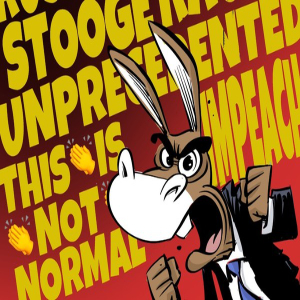
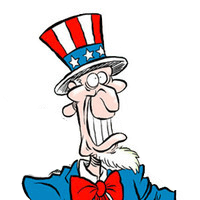

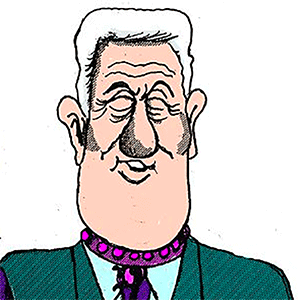
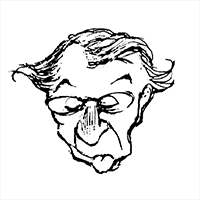
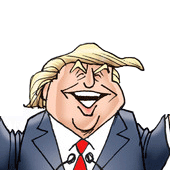
Comments